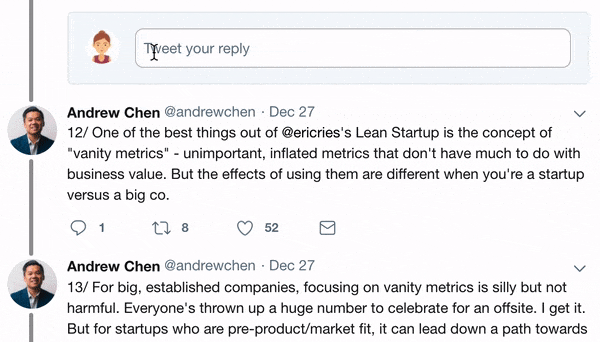
My trading infrastructure:
Python, ZMQ pub/sub sockets, C++ ZMQ brokers, InfluxDB, and Discord for alerting.
Python, ZMQ pub/sub sockets, C++ ZMQ brokers, InfluxDB, and Discord for alerting.

Started as a threaded monolith and re-wrote it as small single-threaded/tasked services.
Network latency dominates language speed, so Python is fine. ZMQ brokers are in C++ for speed.
Discord is convenient and reliable.
Not attached to any tech (opposite of attached to Python).
Network latency dominates language speed, so Python is fine. ZMQ brokers are in C++ for speed.
Discord is convenient and reliable.
Not attached to any tech (opposite of attached to Python).
My research environment:
R, PyCharm. Data pulled from db or directly from R (REST query, CSV, RData).
Considered adopting a reporting/notebook tool like Jupyter, but haven't had strong need yet.
R, PyCharm. Data pulled from db or directly from R (REST query, CSV, RData).
Considered adopting a reporting/notebook tool like Jupyter, but haven't had strong need yet.
It's necessary to keep a research environment clean in the same way and for the same reasons a software project should be. Analysis can easily become a mess, given multiple data sources, avenues of exploration, ideas, distractions, simultaneous projects, crowded folders, etc.
Maintain version control, quality organization and code, high cohesiveness, and low coupling.
Try to do everything right the first time.
Do analysis in reproducible steps.
Don't write off-the-cuff code or neglect processes; it will cost you time in the long run.
Try to do everything right the first time.
Do analysis in reproducible steps.
Don't write off-the-cuff code or neglect processes; it will cost you time in the long run.
• • •
Missing some Tweet in this thread? You can try to
force a refresh



